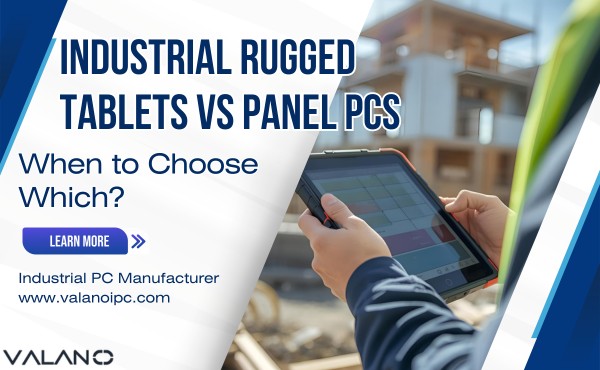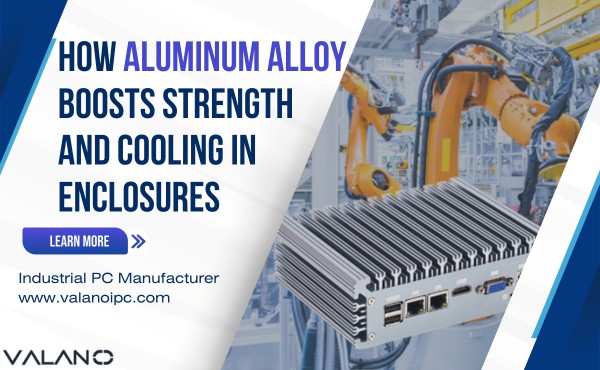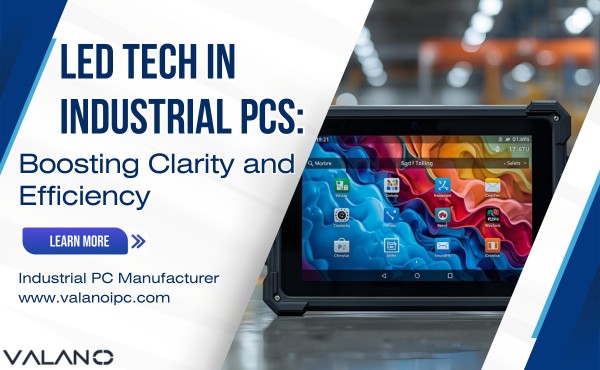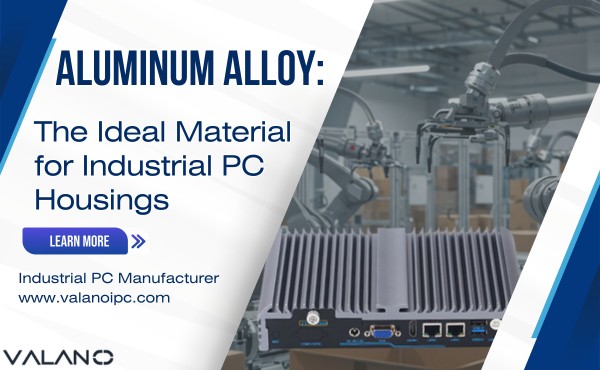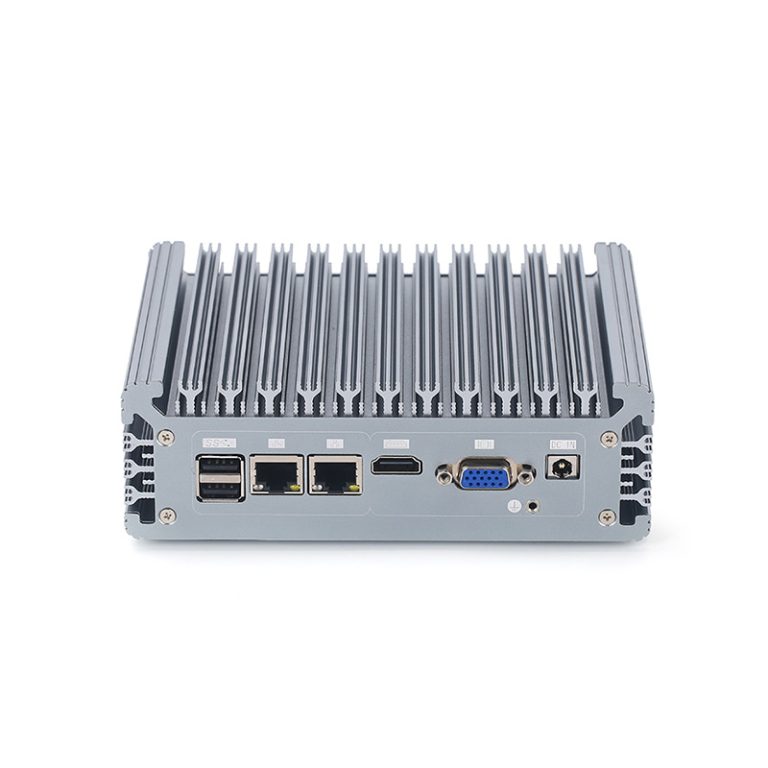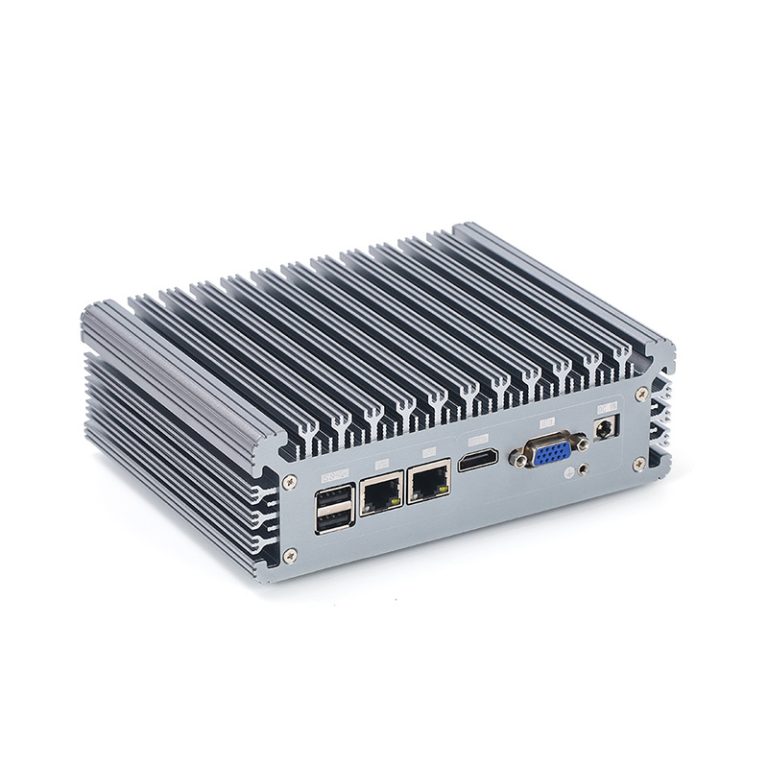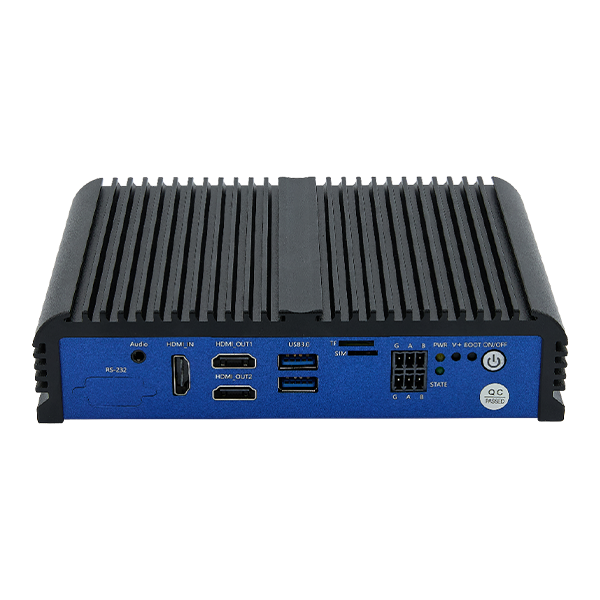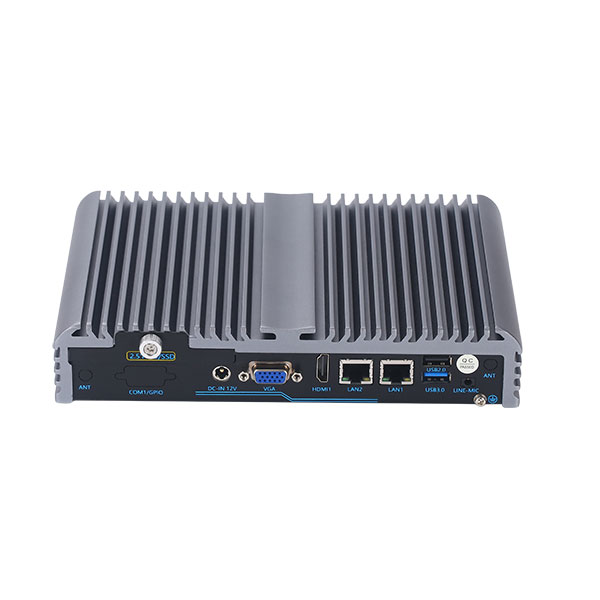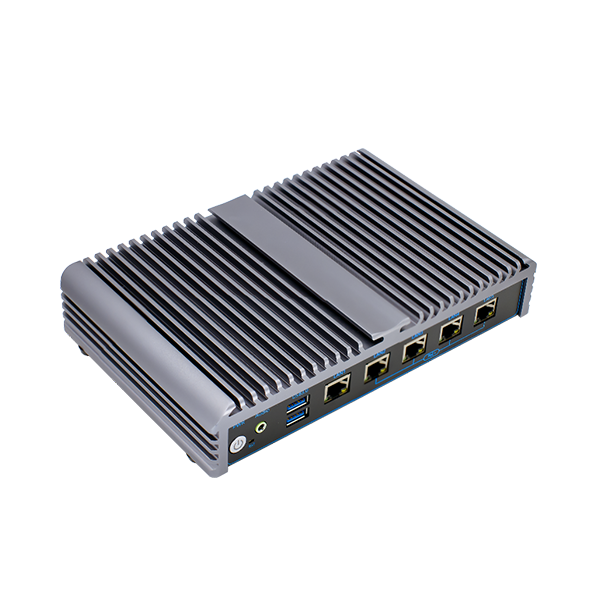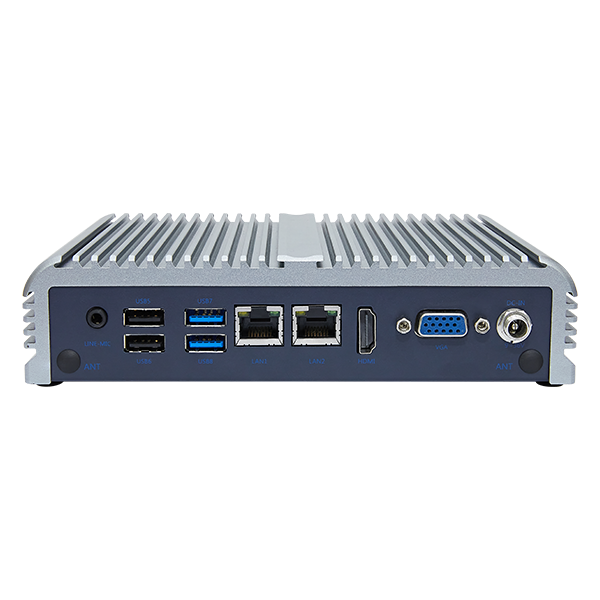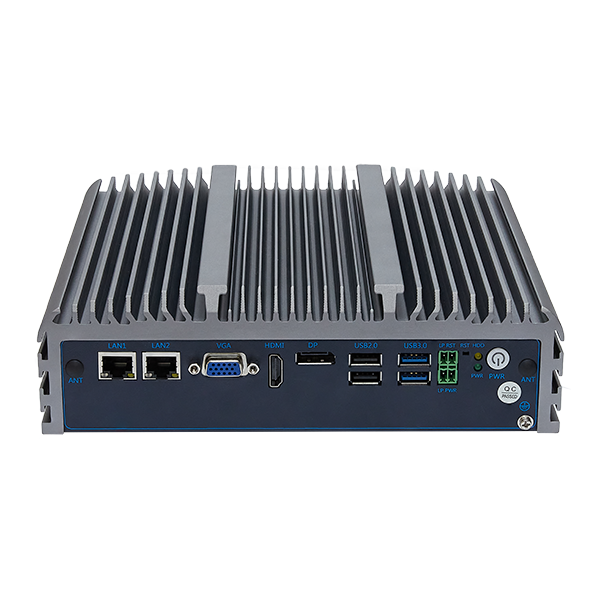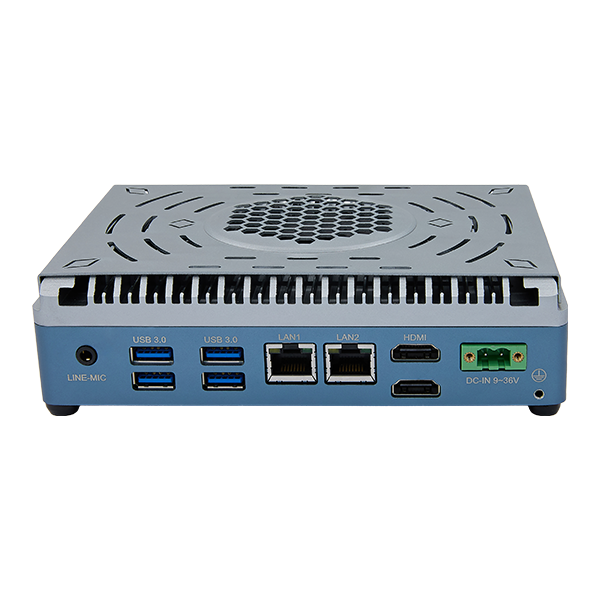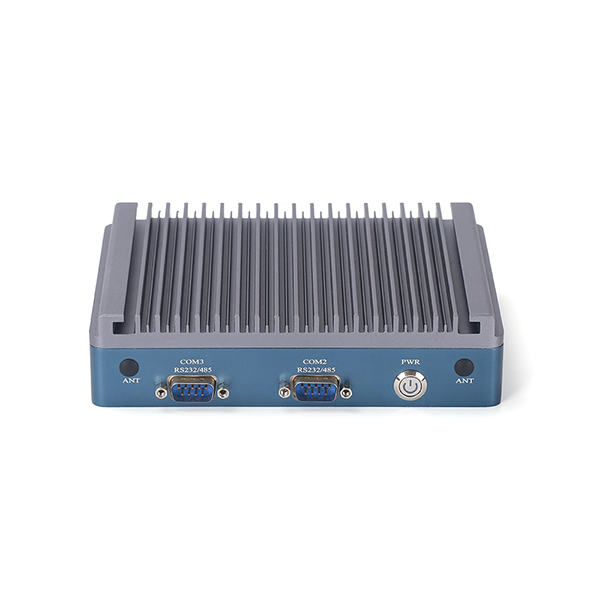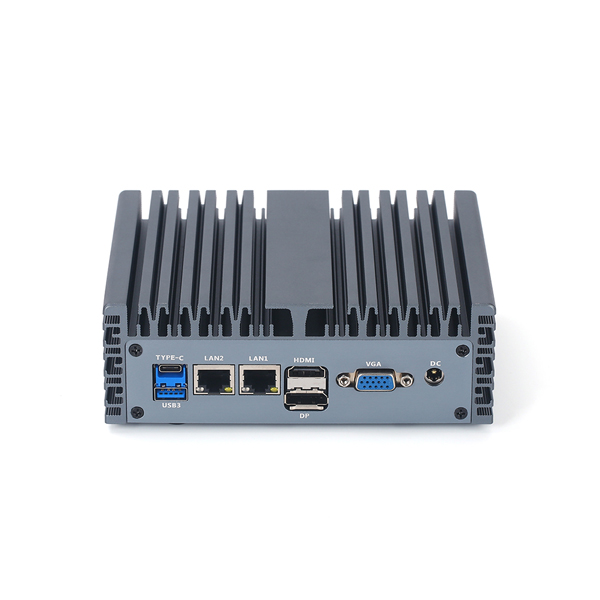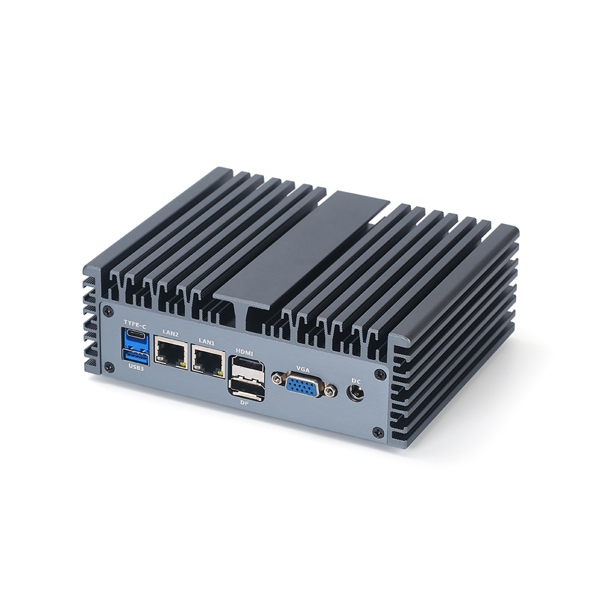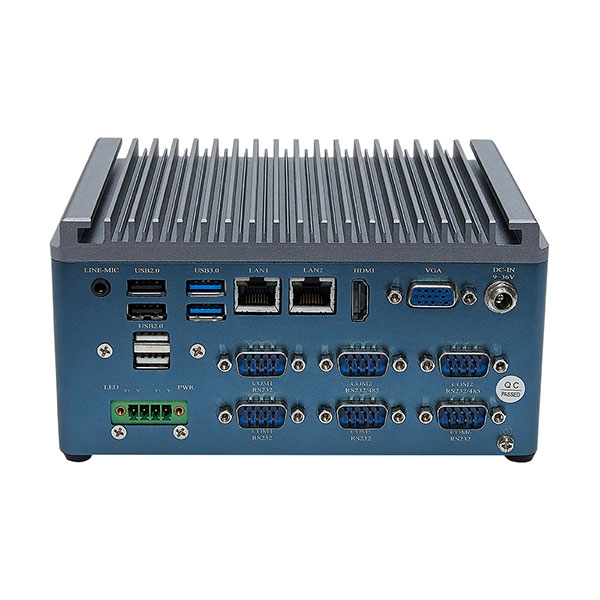Rugged embedded computers are built to operate reliably in extreme industrial conditions where standard computers fail. Designed to withstand shock, vibration, dust, moisture, and temperature extremes, they are widely used in construction, mining, vehicle-mounted systems, and industrial automation. In this article, you’ll learn how these computers are designed, their key features, and why they are essential for uninterrupted industrial operations.
What Are Rugged Embedded Computers?
Defination and Purpose
A rugged embedded computer is an embedded computer designed to operate reliably in extreme industrial environments. These devices meet strict military and industrial standards, such as MIL-STD-810, which test for altitude, temperature, humidity, dust, shock, and vibration. The ruggedization process includes prototyping, selecting components for vibration and temperature resistance, and performing stress tests that push the hardware beyond normal limits.
The main purpose of a rugged embedded computer is to provide reliable operation where standard computers would fail. Industrial sectors use these computers for edge computing, real-time monitoring, and control in places like construction sites, mining operations, and vehicle-mounted systems. Rugged embedded computers resist dust, moisture, and power disturbances, making them essential for continuous industrial processes.
- Rugged embedded computers operate in environments with high shock and vibration.
- They use solid-state designs and secure locking I/O to maintain stable connections.
- Advanced power management features help them handle power fluctuations and disturbances.
Industrial embedded computers support critical applications that require uninterrupted performance. These devices offer flexible mounting options and long-term support, ensuring seamless integration into industrial systems. Rugged computers play a vital role in reducing downtime and maintenance costs in harsh environments.
Key Components and Design
Rugged embedded computers differ from standard embedded computers in their mechanical design and choice of materials. They feature fanless cooling systems, one-piece metal chassis, and cable-less internal layouts to reduce failure points. Industrial-grade materials and solid-state storage ensure durability and reliability.
- Rugged embedded computers withstand wide temperature ranges, shock and vibration, dust, and moisture.
- Specialized designs include fanless passive cooling, sealed enclosures, and solid-state drives.
- Compliance with military standards and high IP ratings guarantees protection against environmental hazards.
A ruggedized computer uses a one-piece chassis that acts as a heatsink, improving heat dissipation and sealing against dust and moisture. Components are soldered directly to circuit boards, eliminating cables and moving parts that can fail under shock and vibration. Power protection features, such as over-voltage and surge protection, help maintain operation in unstable industrial environments.
| Feature | Rugged Embedded Computer | Standard Embedded Computer |
|---|---|---|
| Cooling System | Fanless, passive | Fan-based |
| Chassis | One-piece, metal | Multi-piece, plastic |
| Storage | Solid-state drive (SSD) | Hard disk drive (HDD) |
| Environmental Ratings | MIL-STD, IP65+ | None or basic |
| Power Protection | Advanced | Basic |
Rugged embedded computers use ventless, sealed designs to prevent dust and moisture ingress. Heat-dissipating fins and aluminum or copper enclosures help manage temperature extremes. These design features enable rugged embedded computers to deliver reliable performance in industrial environments where standard embedded computers cannot survive.
Importance of Rugged Embedded Computers in Modern Industry
Ensuring reliability in harsh environments.
Rugged embedded computers deliver unmatched reliability in the toughest industrial settings. These computers withstand shock, vibration, dust, moisture, and extreme temperatures, where a standard industrial computer would fail. Features like fanless designs, sealed enclosures, and solid-state drives help rugged embedded computers operate continuously on construction sites, manufacturing floors, and oil fields.
- Rugged embedded computer devices use industry-grade certifications and advanced power management to handle power disturbances.
- They resist corrosion, abrasion, and electromagnetic interference, ensuring stable performance.
- Rugged computers offer higher processing power and connectivity for demanding edge computing tasks.
Reducing downtime and maintenance costs.
Rugged embedded computer solutions help industrial companies reduce downtime and maintenance costs. In one automotive plant, predictive maintenance with rugged embedded computers cut unplanned downtime by 83% and lowered maintenance costs by 47%. These systems use real-time sensor data and reliable connectivity to support predictive maintenance and computerized management.
- Predictive maintenance with rugged computers extends equipment life by up to 40%.
- Industrial IoT platforms powered by rugged devices improve operational efficiency and safety.
- Lower downtime and fewer repairs mean reduced spare parts inventory and optimized resource use.
Rugged embedded computer devices provide long-term value by minimizing disruptions and keeping industrial operations running smoothly.
Supporting automation, robotics, IoT, and real-time monitoring.
Rugged embedded computer platforms play a key role in industrial automation, robotics, and edge computing. Their modular, fanless designs allow them to operate in harsh environments while supporting real-time monitoring and machine automation. These computers use x86 and NVIDIA Jetson architectures to deliver edge AI performance and scalable IoT connectivity.
| Feature/Capability | Description | Industrial Benefit/Support for Query |
|---|---|---|
| Ruggedized, Fanless, Modular Design | Enables operation in harsh environments with shock, vibration, extreme temperatures; reduces maintenance | Ensures continuous, reliable automation and real-time monitoring in tough industrial settings |
| x86 and NVIDIA Jetson Architectures | Provides real-time edge AI performance and scalable IoT connectivity | Supports AI-powered robotics, edge AI workloads, and live data telematics for Industry 4.0 |
| Versatile I/O Interfaces | Includes USB, Ethernet, PoE, digital I/O, camera connectors, wireless options | Facilitates integration with existing and new machinery, enabling flexible automation and IoT deployments |
| Long Life Cycle and Certifications | Designed for 5-10 years with CE, FCC, UL certifications | Guarantees dependable long-term industrial use and compliance with regulatory standards |
| AI and Edge Computing Optimization | Supports GPUs, TPUs, FPGAs for hardware acceleration and AI workloads | Enables real-time decision-making in robotics, smart manufacturing, and monitoring systems |
| Wireless Connectivity | Wi-Fi, Bluetooth, 4G LTE, 5G modules available | Enhances remote communication and IoT integration for real-time monitoring and control |
Rugged embedded computer systems enable smart manufacturing, robotic control, and real-time data processing at the edge. Their durability and reliability make them essential for modern industrial environments that demand continuous operation and advanced machine automation.
Features of Rugged Embedded Computers
Environmental Resistance
Rugged embedded computers excel in environmental resistance. These devices undergo strict testing to ensure they survive in the harshest conditions. They achieve high IP ratings that guarantee protection against dust, water, and extreme temperatures. Some models provide both waterproof and dustproof operation, making them ideal for outdoor and industrial use.
Manufacturers select tests based on the intended environment. Some rugged embedded computers focus on shock and vibration, while others emphasize humidity or salt fog resistance. AI and automation now help improve testing accuracy and efficiency, ensuring every rugged computer meets strict standards for environmental protection.
Power Management
Power management is a critical feature in every rugged embedded computer, which must operate reliably despite unstable power sources or harsh industrial conditions.
Rugged models use wide voltage compatibility to support different power sources. Over-voltage and over-current protection features prevent damage from electrical surges. Intelligent power management ensures stable operation, even in environments with frequent power fluctuations.
Power ignition management is essential for vehicle-mounted rugged embedded computers. This feature prevents data loss during sudden shutdowns. These power management technologies help reduce downtime and extend the lifespan of every rugged embedded computer.
Compact and High Performance
Rugged embedded computers combine compact design with high performance. Engineers measure compactness by dimensions, weight, and mounting options. The table below lists key metrics for evaluating rugged rugged embedded computers:
| Metric Category | Specific Metrics / Benchmarks | Description / Purpose |
|---|---|---|
| Ruggedness | Durability, Build Quality, Environmental Resistance (IP Ratings), Operating Temperature Range | Ensures device withstands harsh environments, dust, water, extreme temperatures |
| Vibration and Shock Resistance (MIL-STD-810G) | Certifies ability to endure shocks, vibrations, drops for mobile or vehicle-mounted use | |
| Long-Term Reliability and Support | Manufacturer reputation, warranty, and support for rugged use cases | |
| Compactness | Dimensions (width, depth, height), Volume (liters), Weight | Measures physical size and portability, important for fitting into constrained spaces |
| Mounting Options (e.g., VESA mounts) | Flexibility in installation and space-saving | |
| Performance Hardware | CPU Speed, Core Count, Cache Size | Determines processing power and multitasking capability |
| RAM Size and Type (DDR3, DDR4, DDR5) | Affects multitasking and speed | |
| Storage Type (SSD vs HDD) | Influences data access speed and reliability | |
| GPU Capabilities | Important for graphics-intensive tasks | |
| Performance Benchmarks | PCMark, Cinebench, 3DMark, PassMark, Geekbench | Standardized tests to evaluate CPU, GPU, RAM, and storage performance |
| Energy Efficiency | Power Consumption vs Performance Output | Important for heat generation, operating cost, and environmental impact |
High performance embedded computers use solid-state drives and advanced CPUs to deliver high-speed data processing. These devices fit into tight spaces and offer flexible mounting options. Rugged embedded computer models maintain top performance while providing environmental protection and long-term reliability.
Rugged embedded computers support demanding applications in automation, robotics, and real-time monitoring. Their compact size and robust build allow deployment in vehicles, machinery, and outdoor locations. Ultra rugged designs ensure every embedded computer delivers consistent performance, even in the most challenging environments.
Where to Buy Rugged Embedded Computers
Choosing the right supplier for rugged embedded computers ensures long-term reliability in industrial environments. Buyers should look for manufacturers that provide direct support, customization options, and proven quality. Valano stands out as a direct manufacturer, offering industrial-grade solutions built for harsh conditions.
Manufacturers like Valano design products to meet strict standards. These include MIL-STD-810H for temperature, shock, and vibration resistance, and IP ratings for dust and water protection. The following table highlights key ruggedness criteria and their corresponding standards:
| Ruggedness Criteria | Military Standards (MIL-SPEC) | Industrial Standards (Commercial Rugged) |
|---|---|---|
| Temperature Resistance | MIL-STD-810H (501.7, 502.7) | IEC 60068-2-1, IEC 60068-2-2 |
| Shock Resistance | MIL-STD-810H (516.8) | IEC 60068-2-27 |
| Vibration Resistance | MIL-STD-810H (514.8) | IEC 60068-2-6, IEC 60068-2-64 |
| Dust Resistance | MIL-STD-810H (510.7) | IEC 60529 (IP5x, IP6x) |
| Water Resistance | MIL-STD-810H (506.7, 512.7) | IEC 60529 (IPx5, IPx6, IPx7, IPx8) |
Valano and other reputable manufacturers, such as Industrial PC, Inc., WINSYSTEMS, and Crystal Group Inc., distinguish themselves by offering products with advanced cooling, modular designs, and long product life cycles. These companies often hold ISO 9001 and AS9100 certifications, which show a strong commitment to quality management. Some also provide rugged industrial tablets, which combine portability with the same durability as embedded computers.
When selecting a supplier, buyers should consider quality management certifications like ISO 9001, as well as safety and environmental standards. For defense or hazardous applications, certifications such as CMMC, IECEx, and ATEX are critical. Reliable manufacturers provide documentation and support to help customers meet industry requirements.
Applications Across Industries
Manufacturing
Manufacturing environments demand reliable technology. A rugged embedded computer provides continuous operation on production lines and in automation systems. These devices use durable materials and fanless cooling to resist dust, moisture, and particles.
- Operators use panel PCs with integrated touch displays for machine interfaces and quality control.
- Industrial mini PCs support automation tasks, offering wide temperature support and multiple I/O options.
- Waterproof embedded computers with high IP ratings ensure protection in cleanrooms and food processing areas.
A rugged embedded computer enables edge computing in smart factories. This reduces network load and improves operational speed. Manufacturers benefit from enhanced durability, long lifecycle, and reliable performance in challenging environments.
Energy and Utilities
The energy and utilities sector relies on rugged embedded computers for remote monitoring and control. These systems manage EV charging sites, solar electric systems, and energy storage cabinets. They provide stable wired and wireless connectivity, supporting over-the-air updates for security and firmware.
A rugged embedded computer operates reliably on offshore rigs and in subsea exploration. It withstands extreme temperature, humidity, shock, and vibration. Edge computing and AI capabilities allow real-time data analysis and automation of critical processes.
Industrial embedded computers improve energy management and operational reliability. They ensure continuous operation across geographically dispersed sites. Their rugged design delivers protection against harsh conditions.
Transportation & Logistics
Transportation and logistics require rugged embedded computers for vehicle telematics and automation. These systems enable predictive diagnostics, preventive maintenance, and safety features. A rugged embedded computer supports intelligent transportation, ticketing, and video surveillance.
- High-performance in-vehicle edge computers operate in extreme environments.
- Modular designs and rugged chassis ensure durability and stability.
- AI-powered platforms enhance vehicle tracking, route optimization, and worker safety.
Industrial embedded computers withstand shock, vibration, and temperature extremes. They connect to vehicle peripherals and maintain data integrity with backup batteries. These features guarantee reliable operation in logistics and fleet management.
Mining & Construction
Mining and construction sites present some of the most challenging environments. A rugged embedded computer like the POC-465AWP features an IP66 waterproof rating and corrosion-resistant chassis. It operates in wide temperature ranges and resists dust, humidity, and vibration.
- Wireless route specification enables mine cars to run at safe speeds using real-time data.
- Real-time monitoring tracks vehicle trajectories and transportation status for efficient dispatching.
- Automatic identification and integration with inventory systems streamline data management.
- Tracking and warning systems detect anomalies such as overspeed or equipment issues.
A rugged embedded computer ensures stable operation and protection against voltage spikes. These computers deliver reliable edge computing and data processing, supporting continuous operation in mining and construction.
Choosing the Right Rugged Embedded Computer
Assessing environment conditions
Selecting a rugged embedded computer starts with understanding the deployment environment. Key factors include temperature extremes, humidity, dust, and vibration.
- Wide temperature ranges require systems with strong thermal management and cold start reliability.
- Moisture and dust demand sealed enclosures with high IP ratings to prevent damage.
- Vibration and shock resistance come from fanless designs, solid-state drives, and robust chassis.
- Power fluctuations and outages require systems with wide voltage support and backup features.
- Compliance with standards like MIL-STD-810 and IP67 ensures the rugged device can handle harsh conditions.
These features help maintain performance and reliability in demanding industrial settings.
Evaluating processing power, memory, and storage needs.
The right rugged embedded computer must match the workload.
- Analyze the tasks the embedded computer will perform to avoid bottlenecks.
- Higher processing power and memory are needed for complex edge applications.
- Storage should use SSDs for vibration resistance and longer lifespan.
- NVME interfaces offer high bandwidth for data-heavy tasks, while SATA remains common for general use.
- Storage capacity should meet both operating system and application requirements.
Compatibility with existing software and systems.
Compatibility is essential for smooth integration.
- Look for compliance with certifications such as UL, FCC, and CE to ensure operational approval.
- OEM and ODM customization options allow the embedded computer to fit legacy hardware and unique I/O needs.
- Support for legacy interfaces like PCI and VGA enables connection to older equipment.
- Long-life embedded roadmaps help maintain compatibility over time.
Considering lifecycle, warranty, and support.
A rugged embedded computer should offer a long lifecycle and strong support.
Manufacturers often design these systems for 10 years or more, reducing the need for frequent replacements.
Extended warranties and global support networks provide ongoing assistance and peace of mind.
Traceability and compliance with quality management standards ensure reliability throughout the product’s life.
Conclusion
Rugged embedded computers ensure reliable performance in harsh environments through durable design, environmental resistance, and advanced power management. They support automation, real-time monitoring, and edge computing, reducing downtime and maintenance costs. For industries that cannot afford interruptions, investing in rugged embedded computers is a critical step toward efficiency and reliability.





